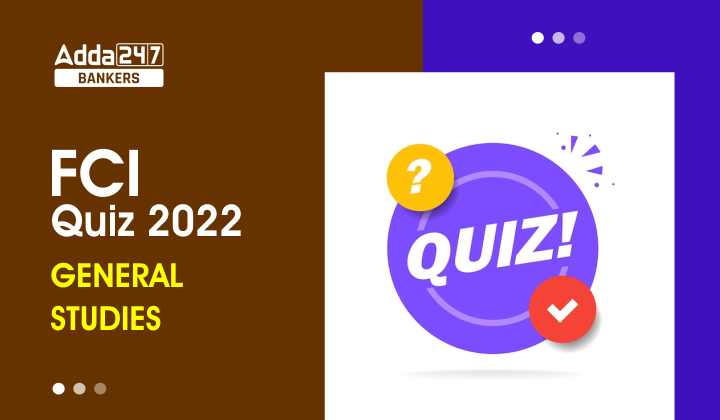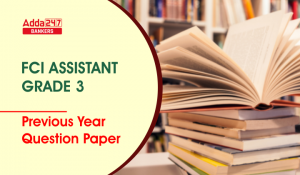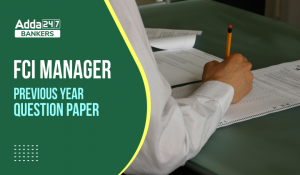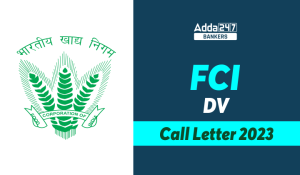Q1.An economic system combining private and state enterprise is called as _____
(a) Market economy
(b) Centrally planned economy
(c) Private economy
(d) Mixed economy
(e) None of these
Q2.What was the main motive of Third Five Year Plan in India?
(a) Rural development
(b) Agriculture
(c) Financial inclusion
(d) Economic reform
(e) None of these
Q3.When there is only one buyer and one seller of product, it is called _____ situation.
(a) Public monopoly
(b) Bilateral monopoly
(c) Franchised monopoly
(d) Monopsony
(e) None of these
Q4. Which among the following is not an account under Balance of Payment (BOP)?
(a) Current Account
(b) Capital Account
(c) Official Reserves Account
(d)Financial accout
(e) None of these
Q5.Who gave the ‘General Equilibrium Theory’?
(a) J. M. Keynes
(b) Leon Walras
(c) David Ricardo
(d) Adam Smith
(e) None of these
Q6. What is the accepted average Calorie requirement for rural area in India?
(a)2100
(b)2200
(c) 2300
(d) 2400
(e) None of these
Q7.At which rate, Reserve Bank of India borrows money from commercial banks?
(a) Bank Rate
(b) Repo Rate
(c) Reverse Repo Rate
(d) Statutory Liquidity Rate
(e) None of these
Q8.Movement along the supply curve is known as ______ .
(a) Contraction of supply
(b) Expansion of supply
(c) Increase in supply
(d) Expansion and contraction of supply
(e) None of these
Q9. Lowering of value of currency relative to a foreign reference currency is called _________.
(a) Devaluation
(b) Revaluation
(c) Down valuation
(d) Negative valuation
(e) None of these
Q10. Fiscal policy in India is formulated by –
(a) Reserve Bank of India
(b) Planning Commission
(c) Finance Ministry
(d) SEBI
(e) None of these
Solutions
S1.Ans.(d)
Sol. In a mixed economy, private and public sectors are involved in economy as two side of one coin. The government directs economic activity in some socially important areas of the economy, the rest being left to the price mechanism to operate.
S2.Ans.(b)
Sol.The 3rd five year plan laid considerable stress on the agricultural sector. However, with the short lived Sino Indian War of 1962 India diverted its attention to the safety of the country. Again, during the period 1965 to 1966, owing to Green Revolution, once again agriculture attracted attention.
S3. Ans.(b)
Sol. A bilateral monopoly is a market structure consisting of both a monopoly (a single seller) and a monopsony (a single buyer).
S4.Ans.(c)
Sol.Official Reserves Account is not an account under Balance of Payments(BOP).
S5. Ans.(b)
Sol. French economist Leon Walras in his pioneering work Elements of Pure Economics in 1874 gave General Equilibrium theory. It attempts to explain the behavior of supply, demand, and prices in a whole economy with several or many interacting markets, by seeking to prove that the interaction of demand and supply will result in an overall general equilibrium.
S6. Ans.(d)
Sol.The nutritional requirement recommends a national norm of 2,400 kilo calories a day for rural areas and 2,100 calories a day for urban areas, the difference being attributed to the lower rate of physical activity in urban areas.
S7. Ans.(c)
Sol. Reverse Repo rate is the rate at which RBI borrows money from the commercial banks.It is a monetary policy instrument which can be used to control the money supply in the country.
S8. Ans.(d)
Sol. A movement along the supply curve will occur when the price of the good changes and the quantity supplied changes in accordance to the original supply relationship. In other words, a movement alongs the supply curve is known as Expansion and Contraction of supply.
S9. Ans.(a)
Sol. Devaluation is a deliberate downward adjustment to the value of a country’s currency relative to another currency.
S10. Ans.(c)
Sol.Fiscal policy in India is formulated by Finance Ministry.



 FCI Assistant Grade 3 Previous Year Ques...
FCI Assistant Grade 3 Previous Year Ques...
 FCI Manager Previous Year Question Paper...
FCI Manager Previous Year Question Paper...
 FCI DV Admit Card 2023 Out, Download FCI...
FCI DV Admit Card 2023 Out, Download FCI...


